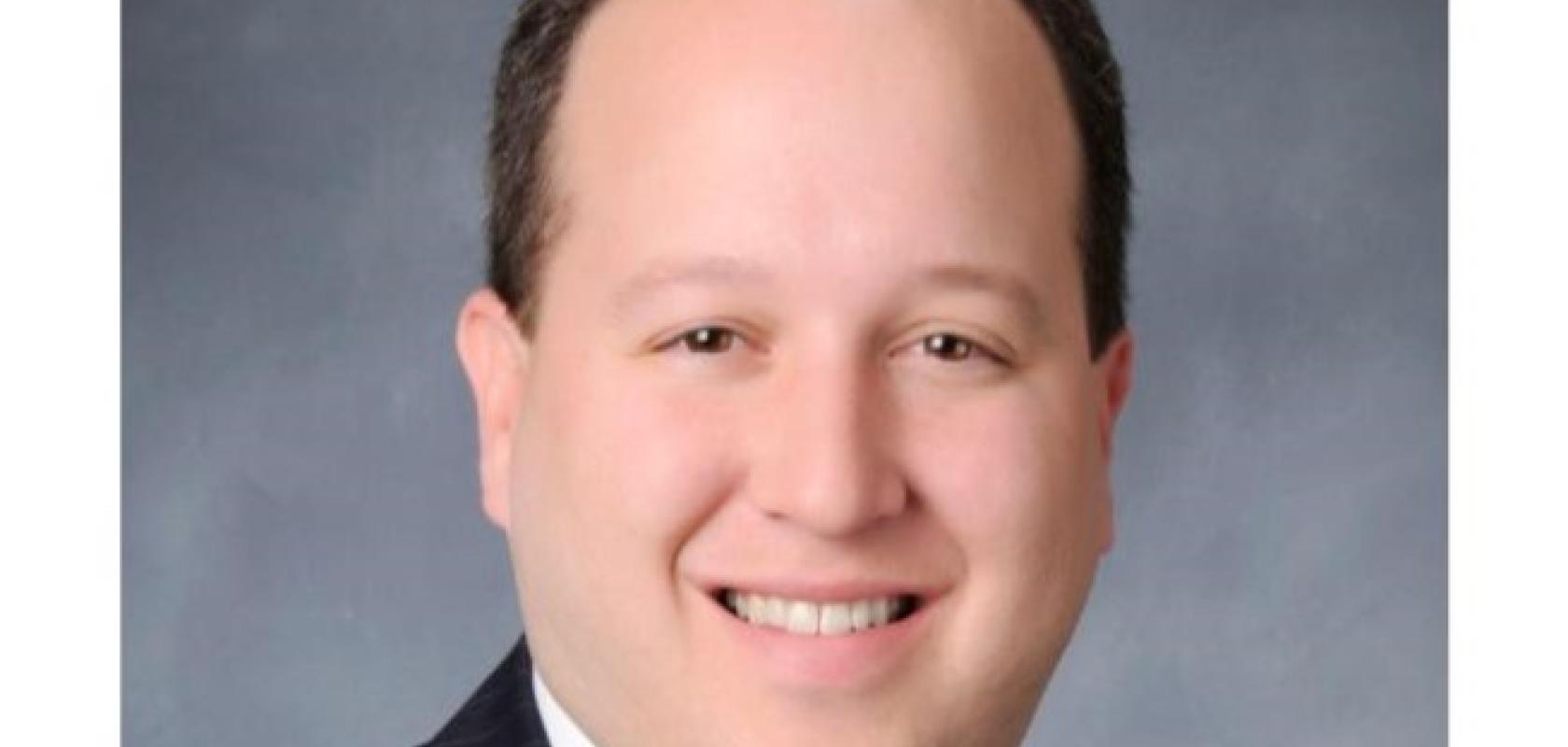For all that the networking industry likes to think in terms of trends – and new technologies, questions and opportunities are always emerging – there is also a sense of déjà vu about the path ahead.
Unlike other essential utilities, demand for network capacity grows year-on-year. As such, we are brought back again and again to the same juggling act of doing more with the infrastructure we have while also building out the infrastructure we require to meet the needs of tomorrow.
The good news is that we have a broad pipeline of new tools to lean on, which both introduce innovative ways of operating and find new value in what we have already built. For multi-service operators (MSOs) working with cable network infrastructure, the array of options on the table includes modernised DOCSIS standard adoption, rollout of distributed access architecture (DAA) and passive optical networks (PON), multiple options for remote PHY and converged cable access platforms (CCAPs), a quickly maturing set of offerings for other software-defined networking (SDN) and network function virtualisation (NFV) solutions, and more besides.
The bad news is that navigating all of that is no simple task. To see how it all adds up, let’s take DEJA VU as our guide to the key steps of diagnosing, evolving, juxtaposing, allocating, virtualising, and uploading.
Diagnose
The first step is one with which MSOs are all too familiar: understanding both the scale of the coming demand and how its focus is changing. Right now, that means getting to grips with the growing reliance on upstream bandwidth; while downstream once dominated the network edge, the rise of videoconferencing triggered by the pandemic means that more symmetrical capacity is now critical for many end-users.
This will only intensify as services like telehealth and IP-based smart home platforms become more common. Where high-bandwidth applications for end-users were once focused on areas like entertainment streaming, in which unreliability is merely frustrating, they are increasingly taking on roles in which unreliability could be actively dangerous. That means that MSOs need to be able to offer upstream connectivity in the 50-100Mb/s range with a high degree of confidence.
Evolve
The immediate task in rising to the challenge is to think in terms of optimising the network to support more modern versions of the DOCSIS standard. DOCSIS 3.1 offers a tenfold increase in maximum downstream capacity – but, given the current context, MSOs should be more excited about the fivefold increase in maximum upstream speeds it offers.
Updating existing active network components will also put you on the road to adopting full DOCSIS 4.0 functionality, which matches DOCSIS 3.1’s downstream capacity of 10Gb/s and delivers a further upstream boost up to 6Gb/s. This will give MSOs the headroom to offer multi-gigabit symmetrical services over standard HFC networks. It will also, however, involve some further decision-making, as the standard allows for both full duplex DOCSIS (FDX) and extended spectrum DOCSIS (ESD), which stipulate different approaches to taking better advantage of the available spectrum.
Juxtapose
When deciding how to configure their rollout of DOCSIS 4.0 – and, indeed, with many of the technologies on offer in the near future of cable networking – MSOs will need to avoid the habit of seeing options as mutually exclusive. For example, the best way forward may be to take advantage of FDX’s frequency sharing in some areas of the infrastructure and ESD’s extended spectrum operation in others.
Network architectures have developed over time, and even within coherent systems there will be differing ideal conditions in different areas. In the race to keep up with demand growth, we can’t afford to leave any potential value unrealised. MSOs should therefore expect to plan management approaches for juxtaposed technologies which can flexibly accommodate different operational network requirements.
Atomise
Traditional approaches to network architecture have been relatively monolithic, relying on centralised approach to the headend and a stable, predictable edge layout. DAA and PON offer an intervention into that methodology, using instead a modular node-based approach which can scale and reconfigure with more agility.
Next-generation PON endpoints, for instance, can be deployed both at headend installations and remotely alongside existing HFC architecture. This means that installation can be highly targeted to specific market opportunities which can take advantage of PON’s bandwidth and reach, such as business customers and rural deployments, while also preparing operators for the transition from HFC to all-fibre infrastructure at a controlled pace and in line with available capital expenditure.
Virtualise
If the ability to locate technology where it is needed is one half of the DAA/PON equation, the other is moving from fixed hardware configurations to responsive software configurations. DAA virtualises network delivery by moving DOCSIS signal generation, and sometimes DOCSIS signal processing, from the headend into modules within access nodes.
The remote PHY devices involved in this shift can then modify and scale the service they are providing to the network in response to changing conditions, in real time. This is typically handled via cloud-based oversight, giving operators both better insight into the network and a much more agile approach to remediating problems, while also ensuring that ongoing upgrades to the architecture can be smoothly integrated as and when they take place.
Upload
Once MSOs achieve an optimised network which can dynamically integrate diverse, modular, software-based solutions, they will also be ready to implement more advanced network monitoring solutions which can foresee risk and intelligently allocate resources for highly efficient operation.
This effectively means bypassing the issue of service silos by ensuring that, while the technology needed to generate and process signals is more widely distributed across the infrastructure, the operational view of that technology is more holistically centralised. Simultaneously, this approach allows operators to switch from relying on specialised hardware to running functionality through software on much more cost-effective commercial off-the-shelf servers which can be placed anywhere.
Ultimately, the outcome is that, when well-executed with the right technology partners, DEJA VU can, in fact, be your way out of déjà vu: with a clear path towards full fibre operation and the ability to nimbly adapt to demand in the meantime, operators can finally stay sustainably one step ahead of growing network usage.
Scott Weinstein is Vice President, ANS Product Management at CommScope


